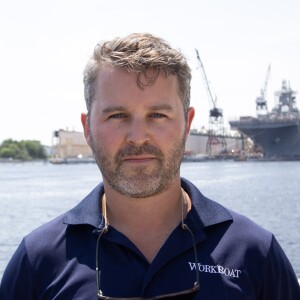Bay Weld Boats, Homer, Alaska, recently delivered a 36’x13’x6.2’ purpose-built aluminum landing craft, the North Cape, to the adventure tourism company, Coldwater Alaska, which provides water taxi services, wildlife tours, and freight runs to the remote locations around the Cook Inlet.
Unique to this build and delivery is the role that Brad Conley has between both companies. Conley is the general manager and lead designer at Bay Weld Boats; he’s also the owner of Coldwater Alaska.
“It’s a privilege to be at a crossroads where my day job allowed me to design a boat for my family's business. The North Cape is the product of some very specific ideas and concepts that were born from operating along the coast of Alaska," Conley told WorkBoat. "The goal was this: an inspected vessel (USCG T-Boat) that was comfortable for passengers, able to handle moderate Alaska weather, and still function as a landing craft for accessing remote beaches and coast."
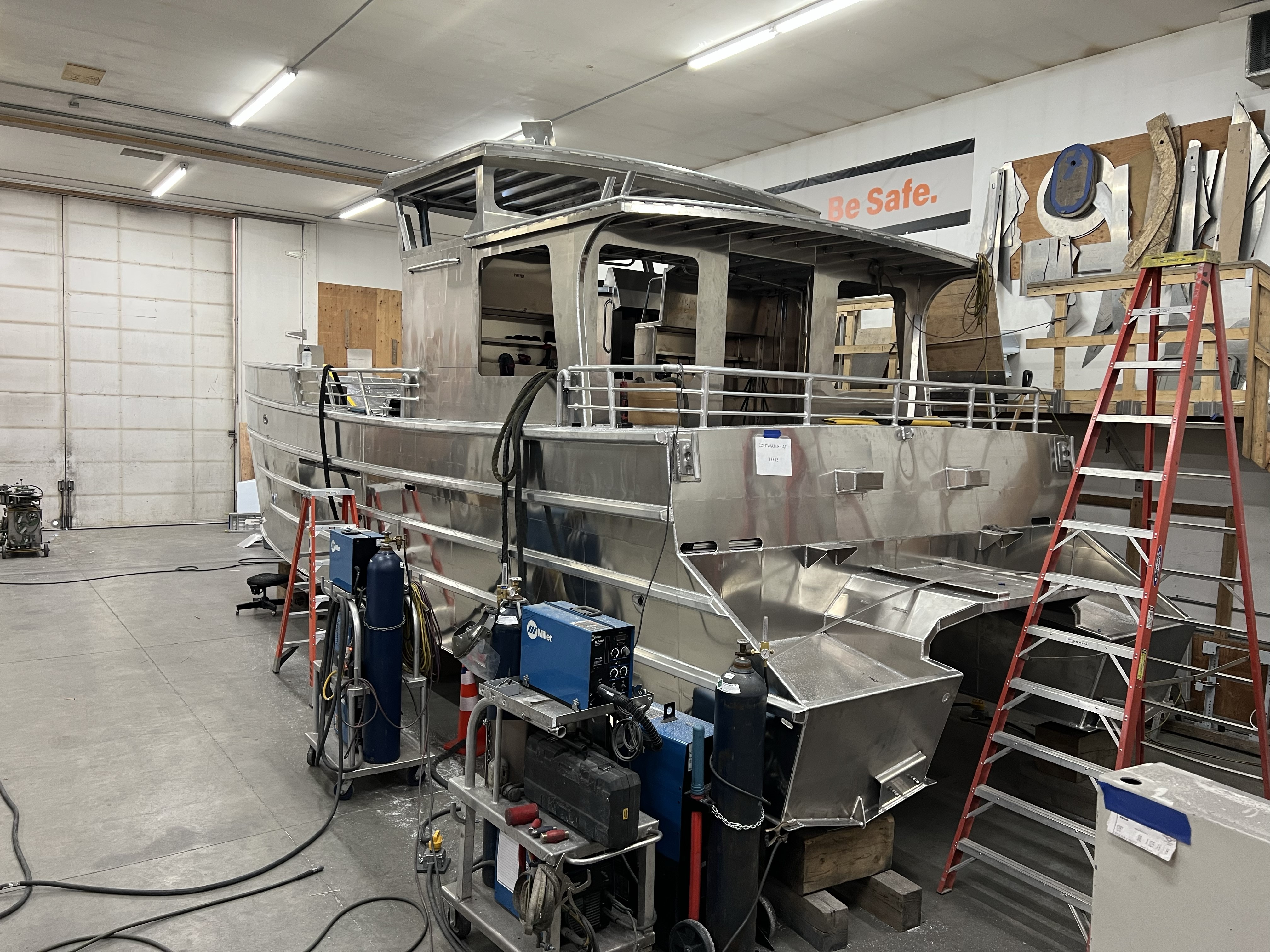
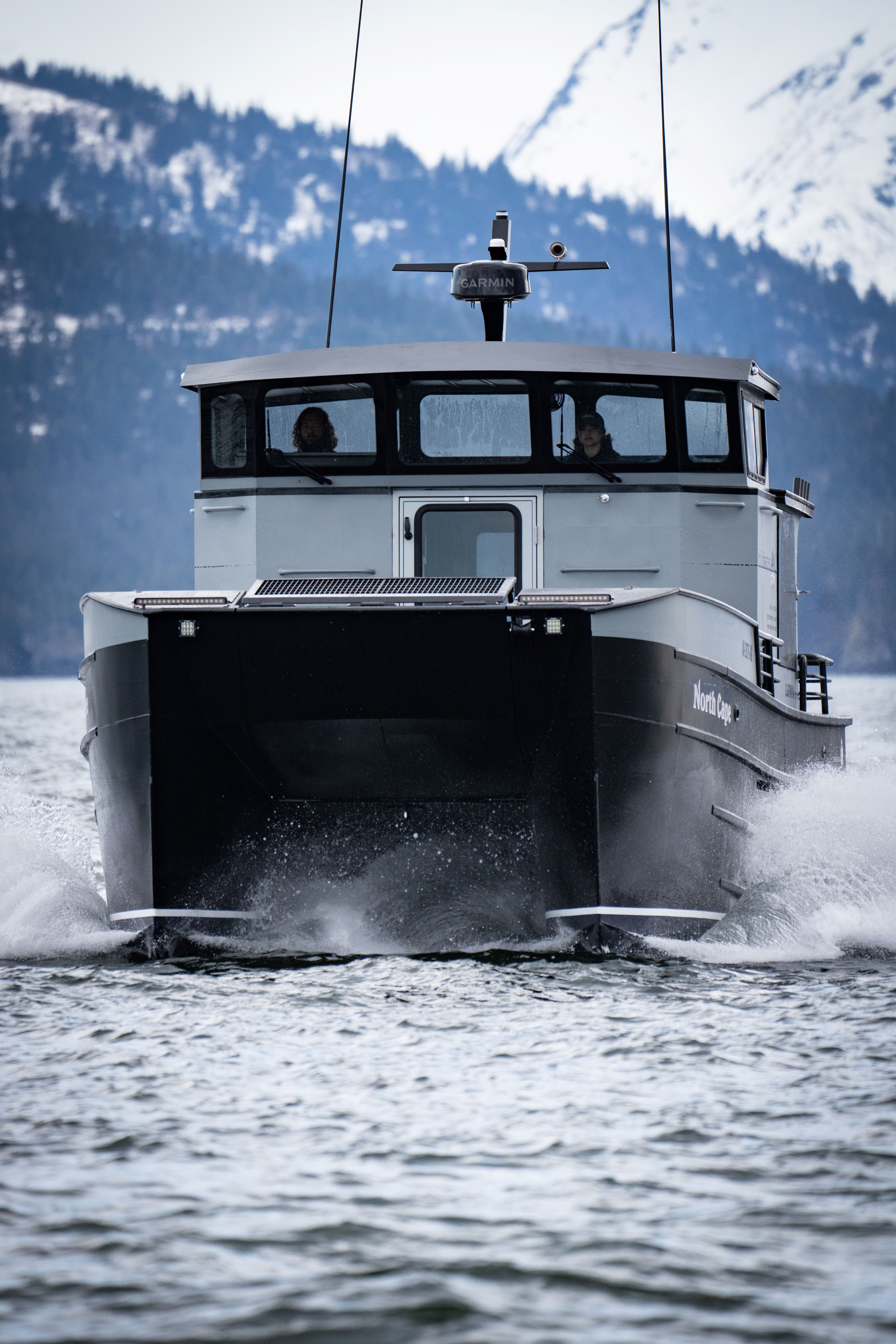
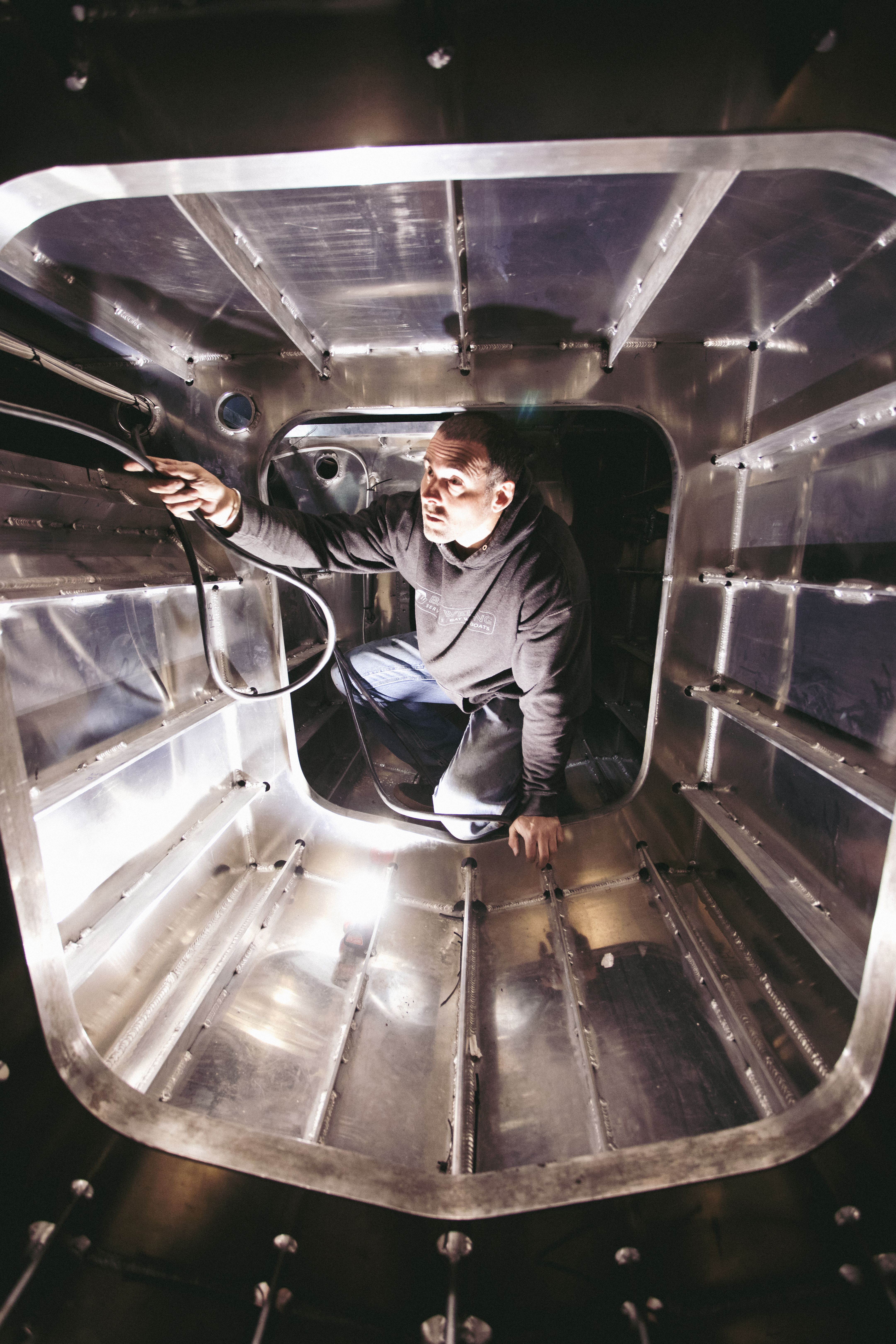
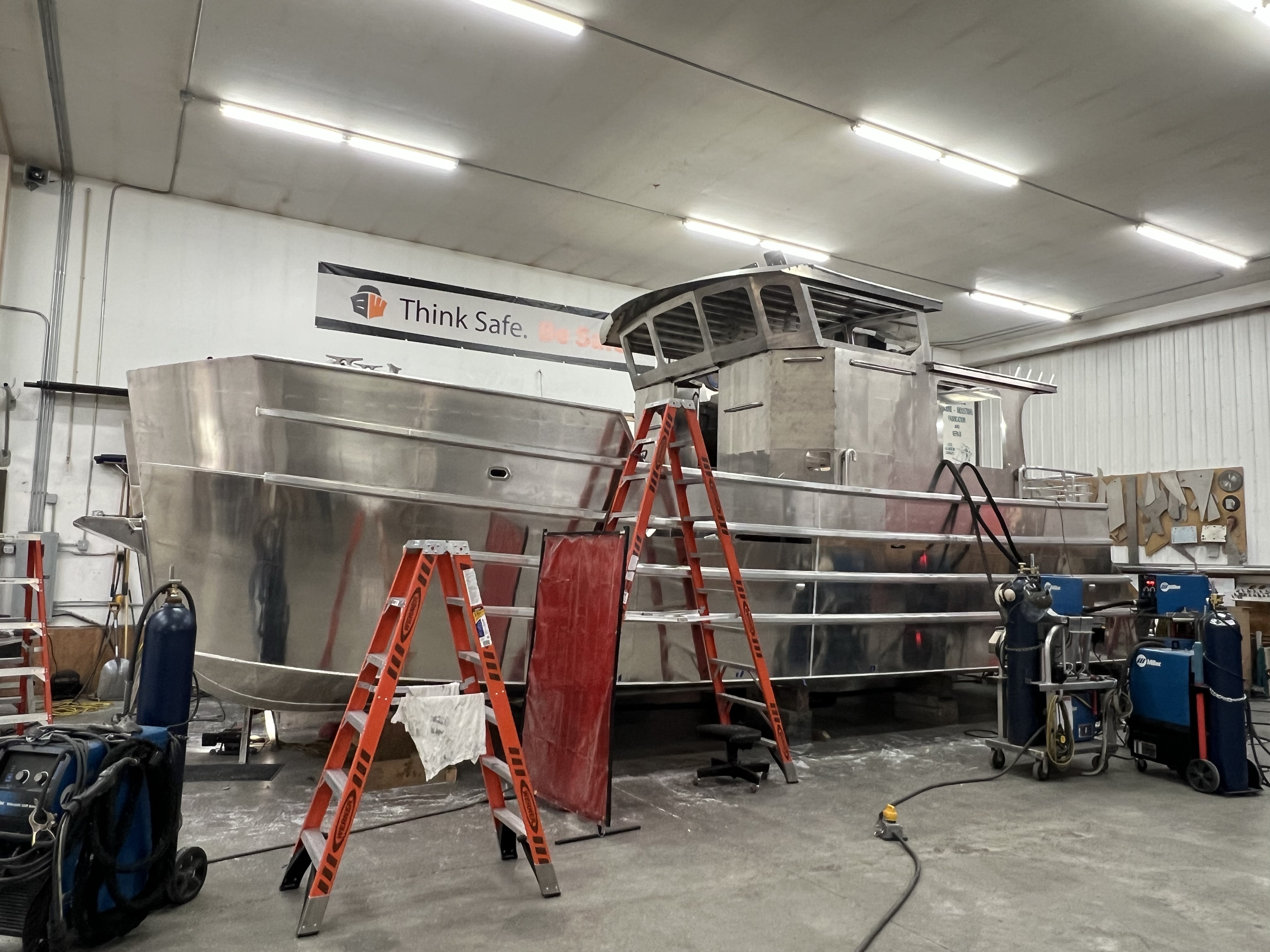
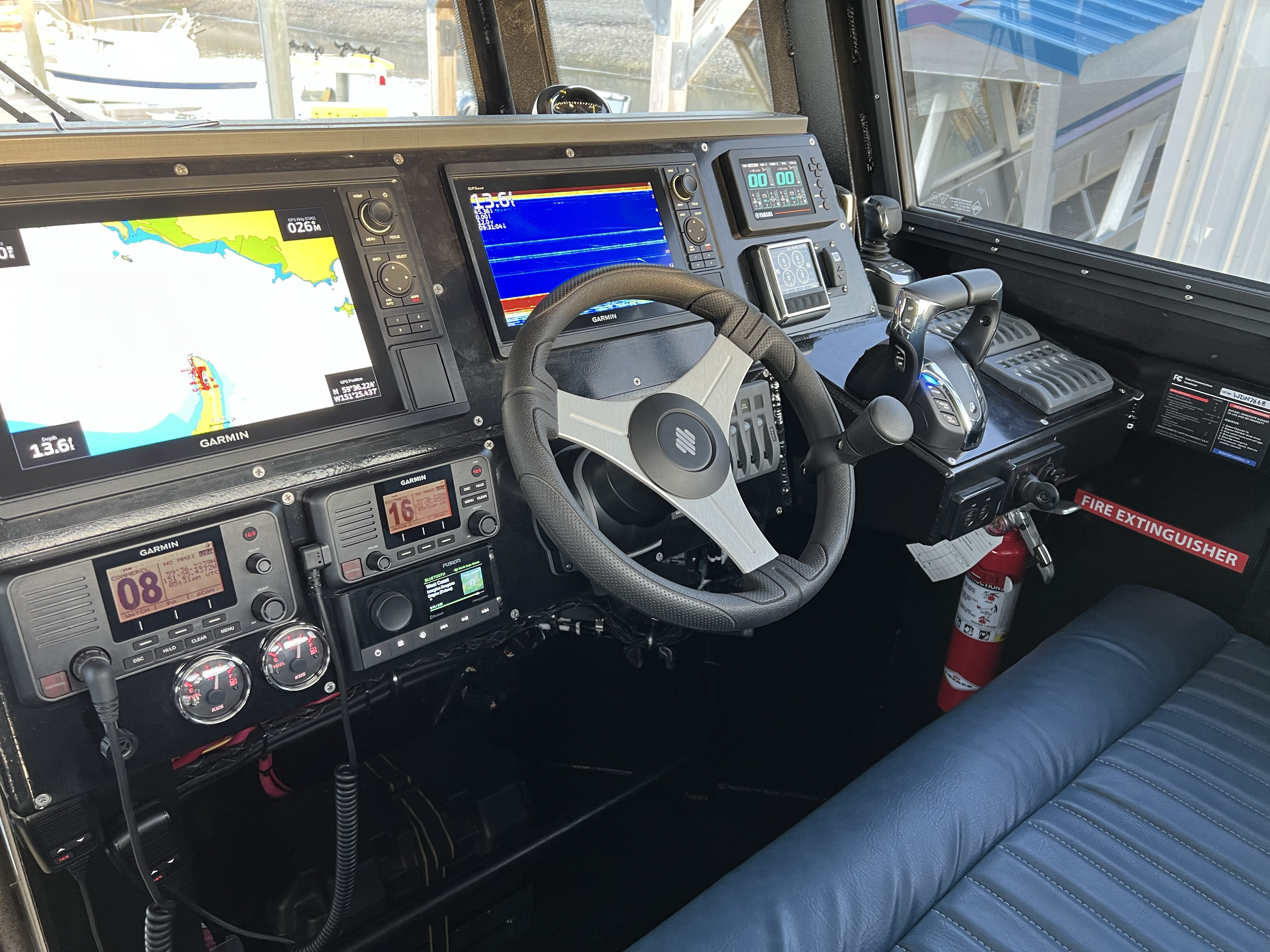
The North Cape weighs 19 gwt, draws only 18”, and has twin Yamaha 300 outboards on the stern. The vessel tops out at 38 mph, with cruising speeds between 22-25 mph.
Unloaded at cruising speed the vessel averages 1.2 mpg. At max capacity, 23 guests and two crew members, cruising speeds average 0.8 mpg.
“During an average day the North Cape will be out whale watching in the morning, transporting hikers to a remote beach for the afternoon, and then loading up ATVs and building materials in the evening. The catamaran/landing-craft design is really the pinnacle of having this versatility," Conley noted.
The catamaran hull is comprised of 5086 aluminum that is 0.25” thick on the bottom. The raised pilot house contains Diamond Sea Glaze bonded windows, and the 13.5’x11.5’ cargo deck space has a set of forward controls.
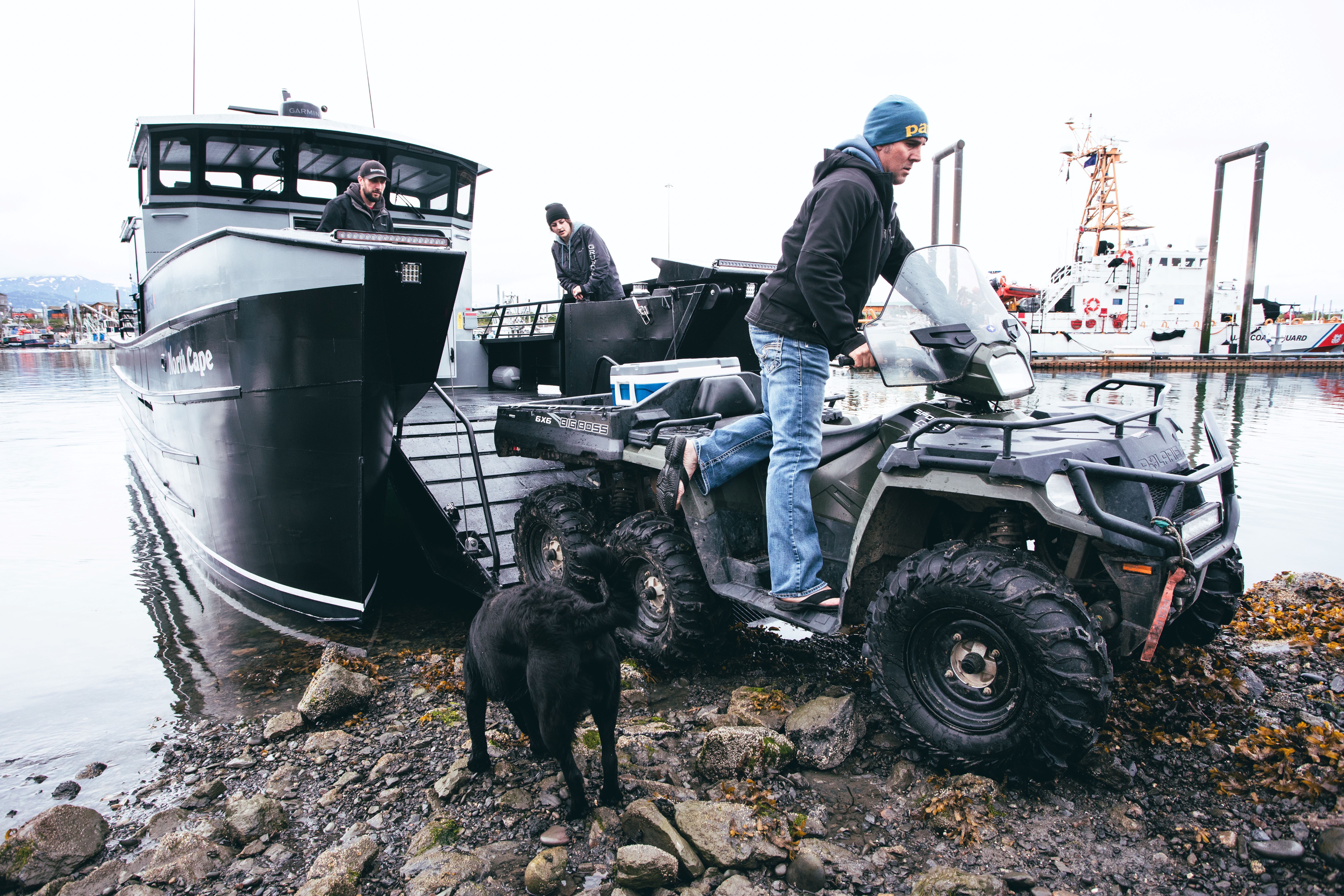
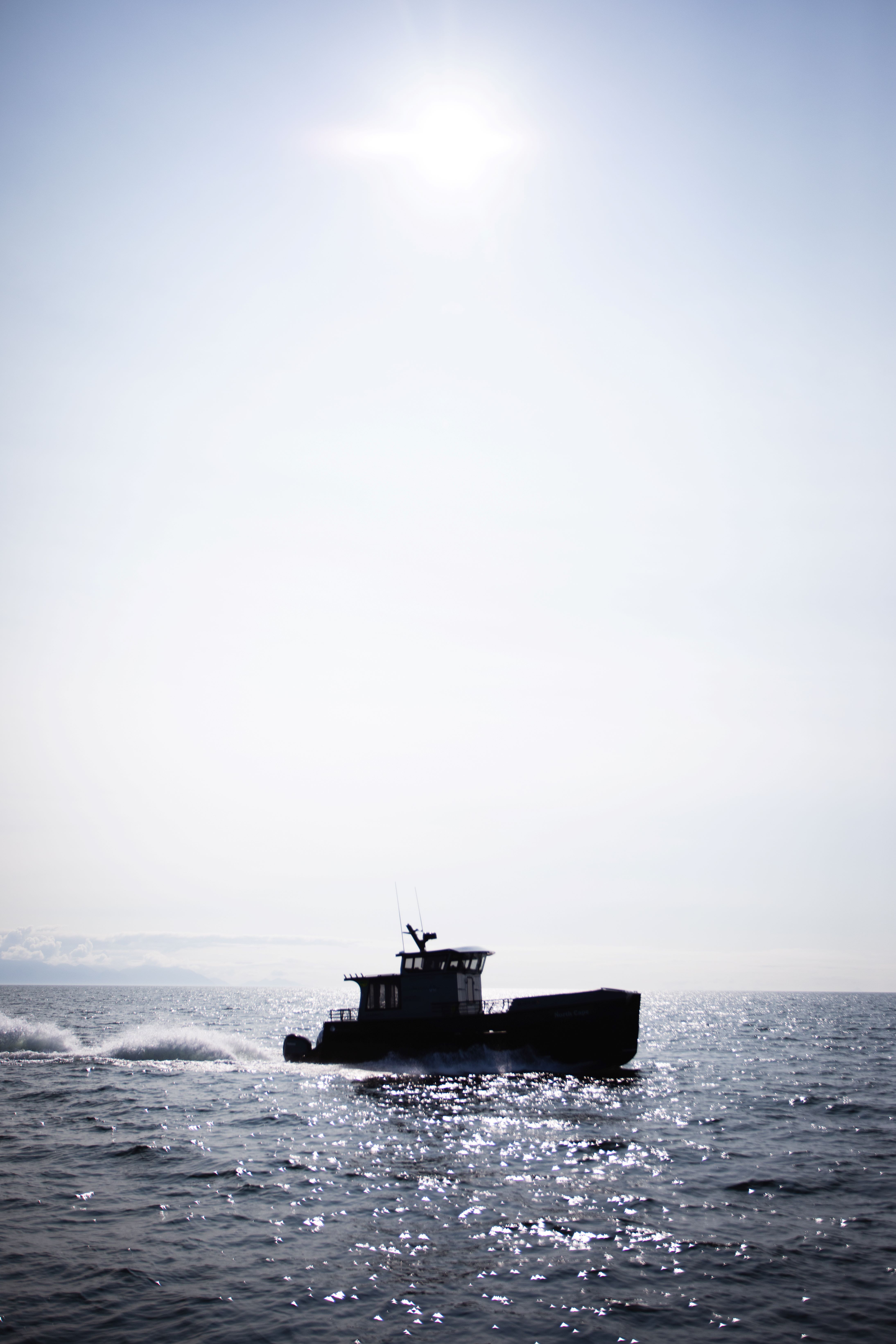
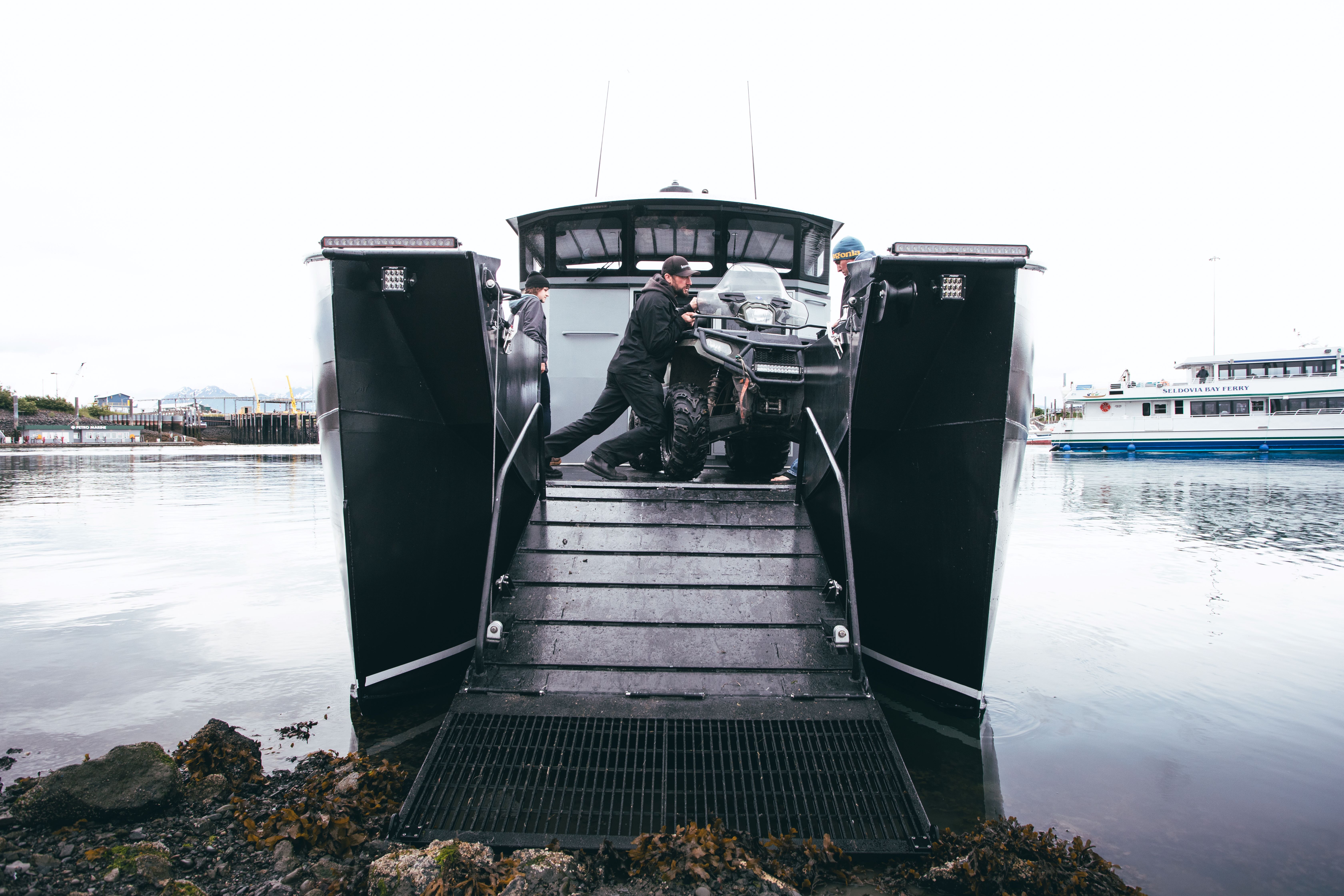
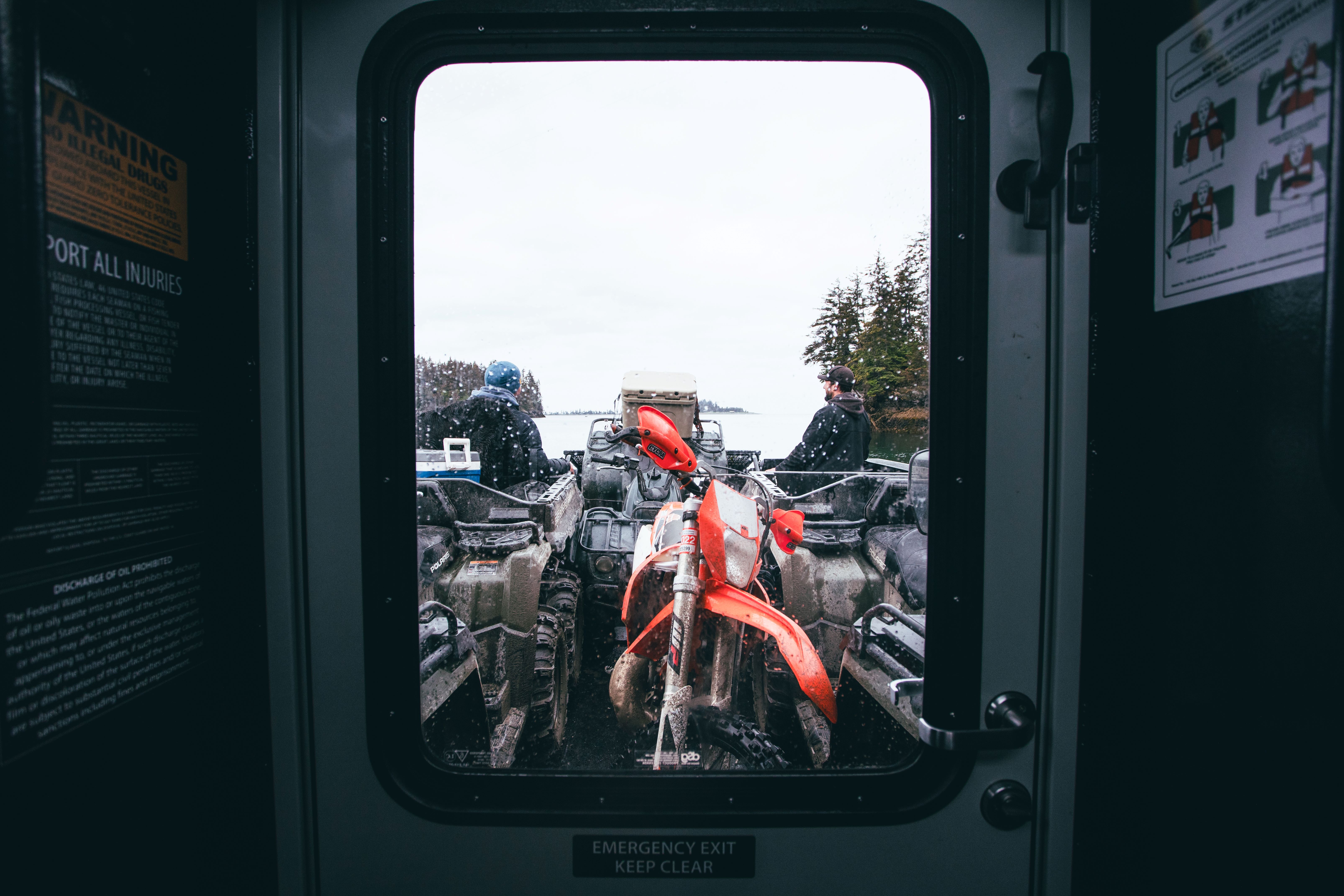
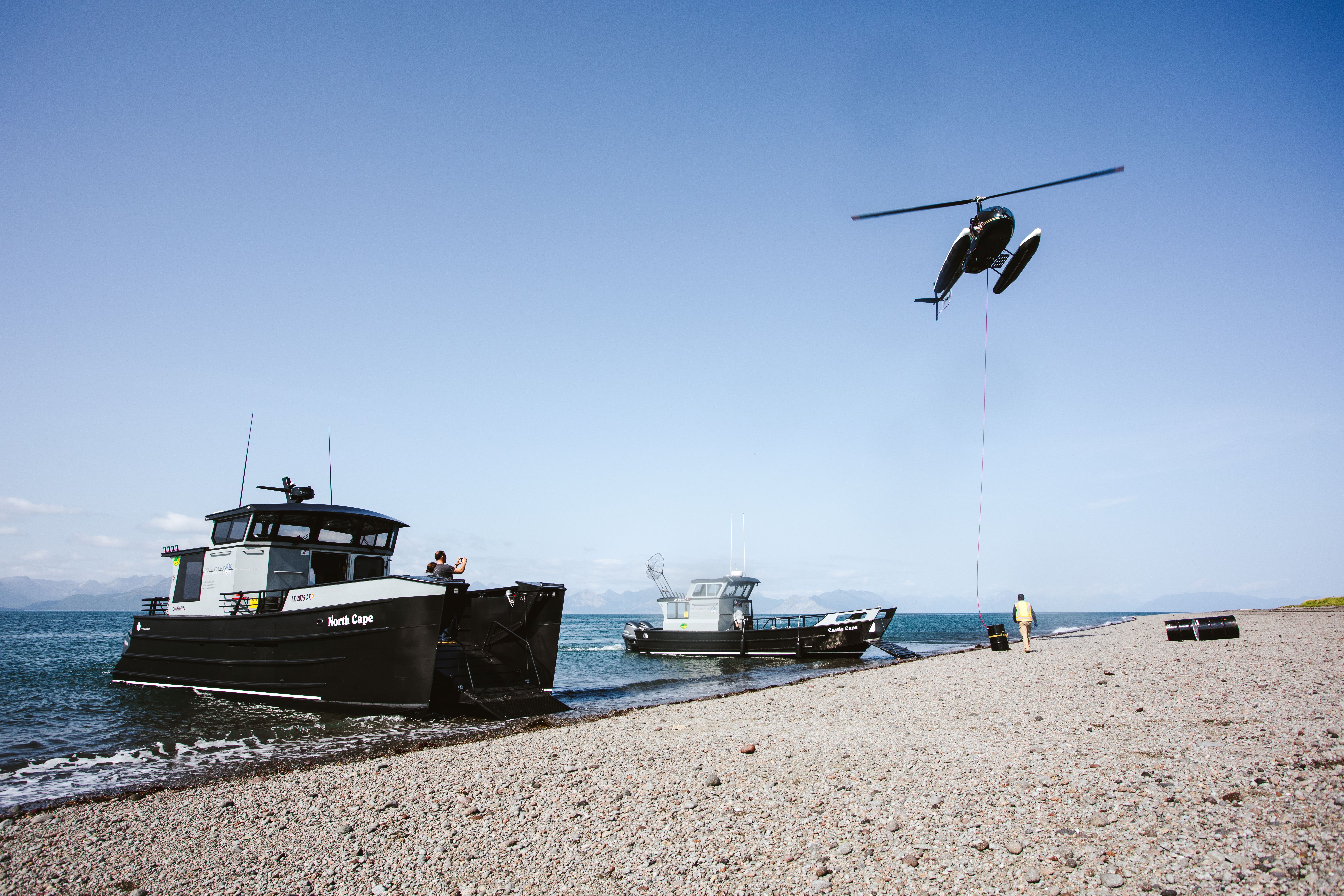
“The forward steering helm is a huge advantage for landing on rocky beaches,” Conley noted.
The main deck weight capacity is 4,600 lbs., where all-terrain vehicles or freight are stored after driving up the 5 foot-wide landing gate.
In true Alaskan fashion, bearing only the essentials, the vessel does not have a generator, nor any freshwater systems on board.
“Simplicity was a result of both performance and function," said Conley. "I wanted to design a boat that performed well with good fuel economy; having a bunch of bells/whistles adds weight and it just wasn’t an option. Keeping things simple really helps this boat succeed at being versatile for any job. It's not overly designed in any one way, a big comfortable cabin and a large deck."
Two twin fuel tanks hold a total of 390 gals. of fuel.
The vessel uses Dometic SeaStar’s Optimus electronic power steering package with a joystick. The Garmin electronics suite includes two screens and two radios.
There are a lot of interchangeable components to this boat that increase its versatility as a tourism vessel. Dependent on the client’s needs, “the landing craft platform serves as a great tool for spearfishing trips or lowering the gate for photography trips to get lower to the surface of the water,” a Bay Weld representative said.
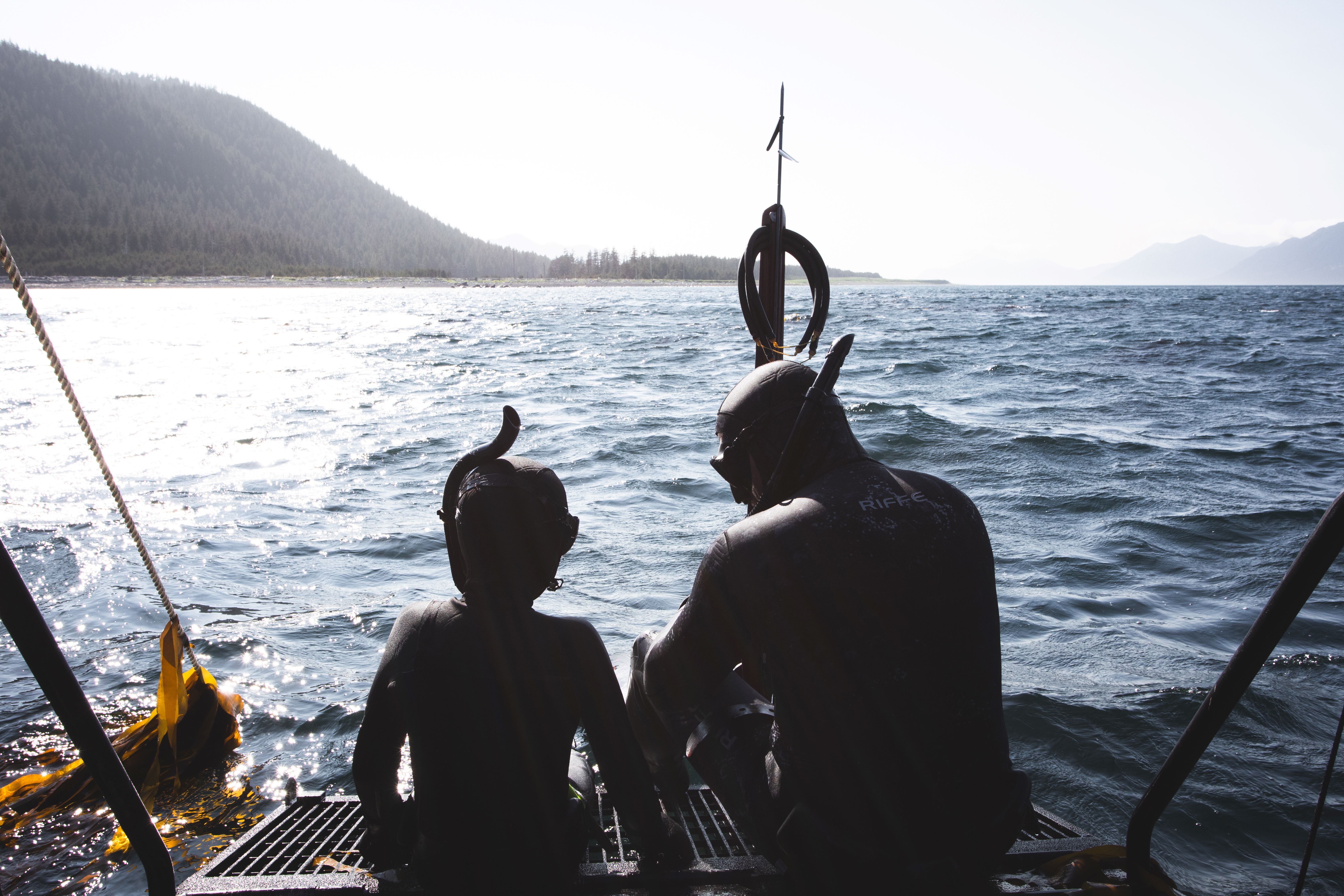
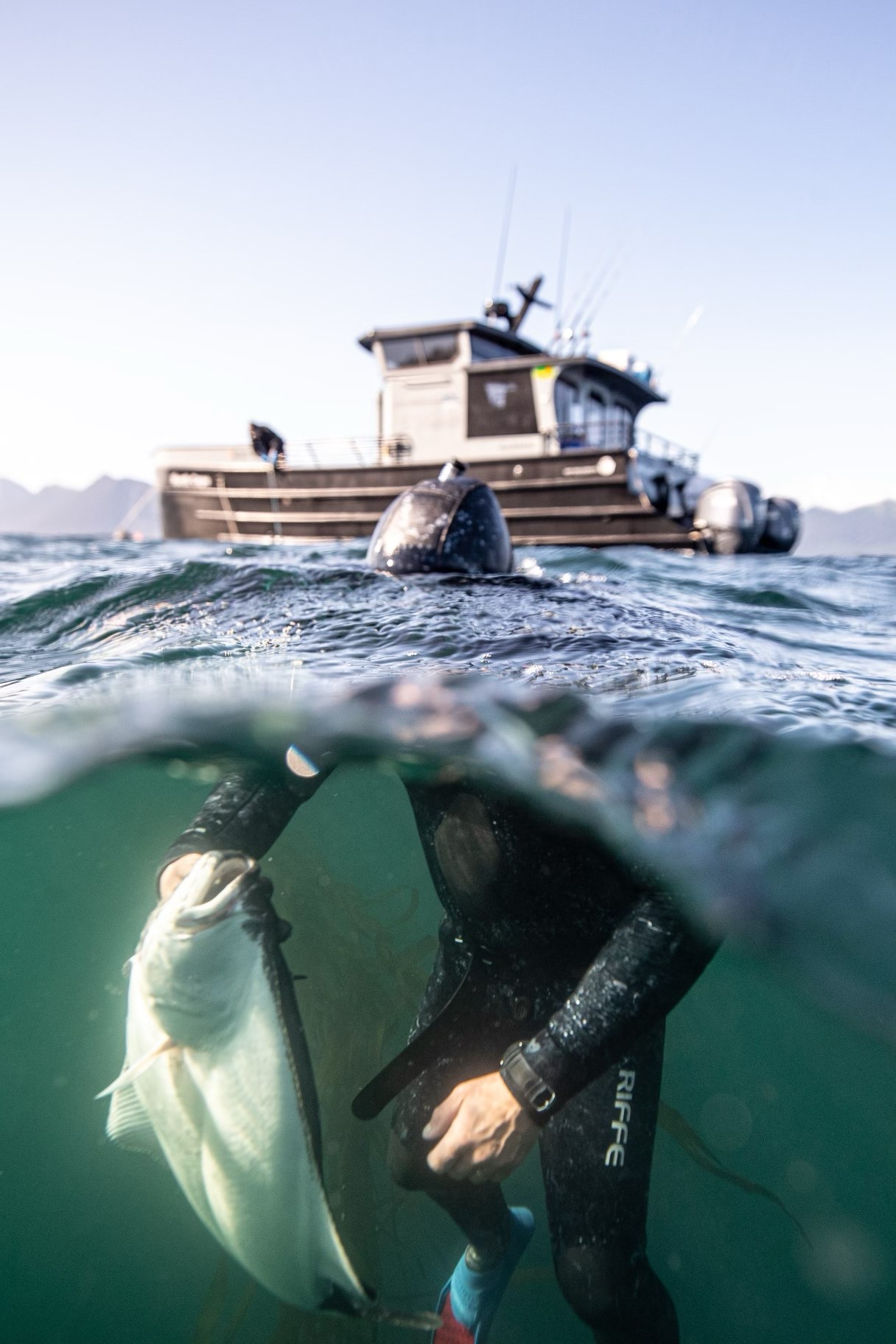
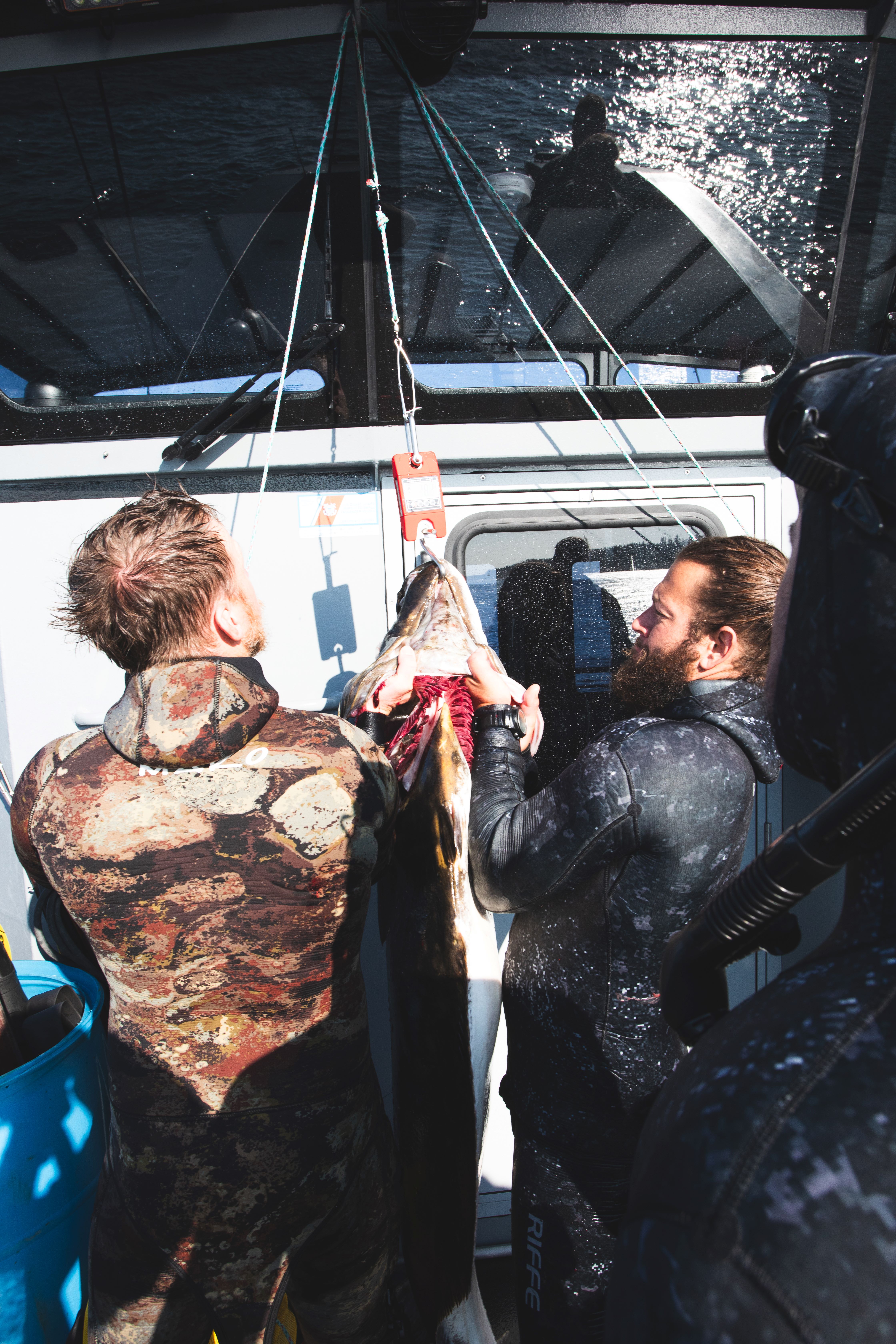
The North Cape is the fourth Bay Weld boat in the Coldwater fleet. Below you can view a video of its build.



